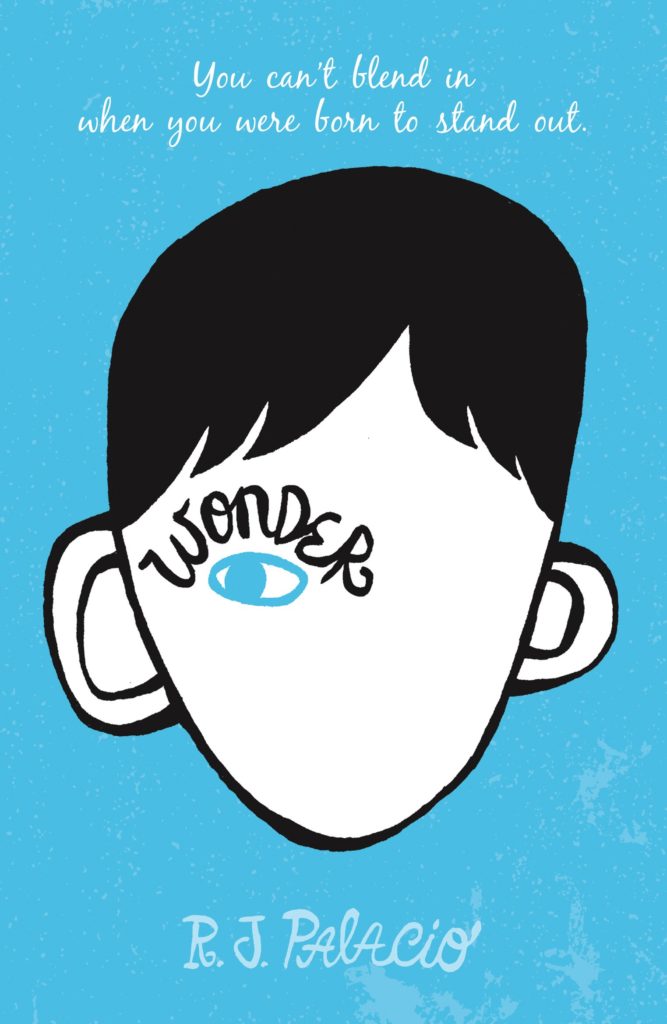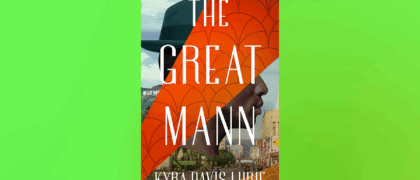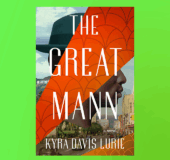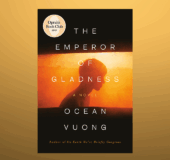How to Use Wonder Beyond “Choose Kind”
by L. Bruce Coffey Jr., Director of Programs at Read to Them®
At Read to Them, our mission is to help entire school communities read, explore, and share rich children’s novels. For the last six years, R. J. Palacio’s Wonder has been a very special title in our program. We’ve seen families and schools across the nation embrace Auggie’s story (and the various other stories therein) and use it to explore, model, and practice tolerance and understanding. With each title in our One School, One Book program, the Read to Them team likes to find alternative, creative ways to get children and their families to engage with the book’s themes and spark conversation. Here are some strategies a classroom can employ to put students inside the world of Wonder to explore its lessons and themes further.
Who Is Your Favorite Star Wars Character?
One set of student readers will love and relate to Auggie all the more because he knows and cherishes less familiar Star Wars characters like Lobot and Mon Mothma. Identifying and explaining your favorite character from the rich panoply of the Star Wars universe can be a way for students to reveal and acknowledge little bits of themselves. (I can remember when “What’s your favorite Beatles song?” could perform similar magic. When the canon to choose from is that large, the answer can provide unexpected and subtle insight about each respondent.) Of course, it doesn’t have to be Star Wars. You can ask students to pick from a realm that speaks to them (favorite Pokémon character, for example) and start a similar conversation. Encourage students to be like Auggie (and his peers) and share their inner secrets by identifying their favorite characters.
Design Your Own Space Helmet
We like the idea of students experiencing Auggie’s perspective in different ways. Ask students to bring in a helmet (a bike helmet is most likely) and decorate it to make it their own. Then hold an event—it can be a single class period or a get-together—and invite all students to wear their helmets. This is a subtle activity that can help your students build empathy as they walk in Auggie’s shoes.
Costume Party
Alternatively, hold a costume party like the Halloween party that is so momentous in Wonder. The critical idea here is to wear costumes that disguise, allowing students to experience the same disconcertment as the students in Auggie’s class. Students will wonder who’s who and learn something new about one another.
Wonder Playlists
Wonder contains its very own soundtrack, from Natalie Merchant’s “Wonder” to David Bowie’s “Space Oddity” and the Magnetic Fields’ “The Luckiest Guy on the Lower East Side.” We encourage students, families, and schools to make and share their very own Wonder playlists, but you don’t have to stop with the songs in the book. Upper-elementary and middle-school students love to make and share playlists that express their emotions and describe their interests and identities, sometimes more articulately than they are able to do themselves. Use Wonder as a springboard and encourage them to make their own playlists. They can find other songs that express the messages of Wonder, or pick songs that represent each character or illustrate key moments, feelings, or lines in the text. Of course, today’s students will be more than happy to share such playlists via social media and music streaming sites. You can even make it a class project.
Jacks, Julians, and Neutrals
In Wonder, a list is made to show who’s side each classmate is on in the battle between Auggie and Jack and Julian. Most students will want to say that they would have sided with Auggie and Jack, but the reality is that it is much more likely they would have been neutral in this argument and in confrontational situations generally. If we are to build a more tolerant society—and if Wonder is to help—then we have to ask students to discuss the difference between bystanders and upstanders, or neutrals and Jacks. Just ask students and they’ll start to tell you. It’s a different way of asking them how to Choose Kind. But you could also design a classroom exercise, or use actual Jack/Julian/Neutral labels to debrief and resolve things when you have a specific classroom incident. Put the notion of being a Neutral—and the challenge of not being a Neutral—at the forefront of your class.
We salute R. J. Palacio on her masterful accomplishment.
If you would like to know more about Read to Them’s family literacy program, One School, One Book, and how your entire school community can use Wonder, check us out at readtothem.org.
___
Interested in hosting R. J. Palacio at your school? Contact the Penguin Random House Speakers Bureau to discuss your options!







